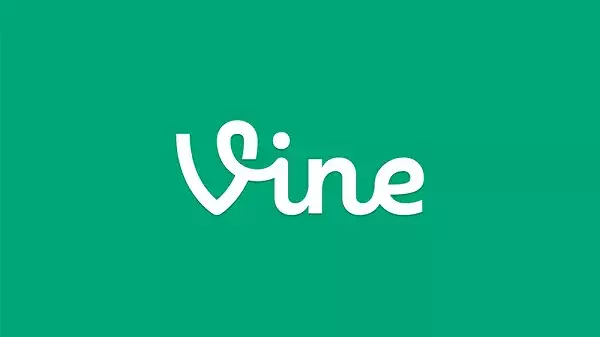In recent times, tech visionary Elon Musk stirred up waves by suggesting that Vine, the pioneering short-form video platform, might make a comeback—not as the beloved app of yesteryears, but as an AI-enhanced experience integrated into X (formerly Twitter). This announcement created a ripple of excitement among nostalgic users and content creators eager to relive the Vine era. Yet, beneath the surface of this optimistic projection lies a fundamental misunderstanding about the nature of digital culture and user engagement. Musk’s depiction of this new feature as “AI Vine” oversimplifies a complex evolution of online content consumption. The truth is, what’s being offered now is far removed from Vine’s original essence, revealing more about current technological trends than about a genuine revival of a cultural phenomenon.
From Short, Sharp Clips to AI-Generated Chaos
Vine was revolutionary precisely because it provided a structured, uniform platform for short, punchy videos that fostered spontaneity and creativity. Its strict six-second limit was a catalyst for innovation, forcing creators to think outside the box. Today’s version, as Musk describes it, substitutes user-driven creativity with AI-generated clips—an entirely different paradigm. These videos, mostly created by algorithms designed to churn out content based on patterns and themes, lack the raw authenticity that made Vine special. Instead of fostering organic, grassroots talent, what we’re likely to see is an influx of synthetic, sometimes bizarre videos with little to no human touch. This shift raises questions about the quality and cultural impact of such content, which, in many cases, may drown out genuine creativity.
The Missing Ingredient: Platform Experience
Vine’s success was not only about the videos but also about the platform’s structure. Its vertical, full-screen feed was designed for simplicity and embedded into a social ecosystem where discovery, community, and virality thrived. Simply inserting AI-generated clips into X’s existing feed doesn’t replicate this experience. X’s current platform is optimized for text, news, and, more recently, short-form videos akin to TikTok. But it lacks Vine’s dedicated, immersive environment for short clips. Without a purpose-built interface, these AI clips risk becoming noise—mere digital wallpaper rather than catalysts for cultural movements or viral phenomena. Users are not likely to find this experience as intuitive or engaging as they did with Vine, which prioritized simplicity and content immediacy.
The Nostalgia Trap and the Danger of Misguided Revival
Elon Musk’s mention of restoring the original Vine archive adds a wistful touch to the conversation—but nostalgia is no substitute for innovation. Browsing through old Vine videos may evoke a sense of lost innocence in social media, but it does not address the deep-seated needs of today’s digital audience. The short-form video landscape has evolved into a multidimensional space dominated by TikTok, Instagram Reels, and YouTube Shorts—platforms that have refined the art of engaging, accessible content creation. Attempting to revive Vine’s legacy solely through AI-generated clips risks superficiality and misses the point of what made Vine influential: human spontaneity and authentic connection.
Why this isn’t the comeback fans hoped for—and why it shouldn’t be
The true impact of Vine was its ability to democratize content creation, giving rise to a new generation of internet celebrities. What Elon Musk describes as “AI Vine”—a stream of algorithmically generated videos—does little to foster community or genuine expression. Instead, it risks diluting the cultural landscape with repetitive, low-effort content that offers little emotional resonance. Moreover, the integration of AI clips does not challenge the dominance of platforms like TikTok, which have refined their own short-video experiences. As a result, this approach appears more as a marketing gimmick or a technological experiment rather than a meaningful reinvention of what Vine represented. If anything, it highlights how technologically driven tools often overlook a critical element: human creativity.
The idea of resurrecting Vine in any form other than nostalgia is misguided. While technology can augment content creation, it cannot replicate the organic, unpredictable magic that made Vine a cultural milestone. AI-generated clips may fill feeds with noise, but they won’t replace the authentic, community-driven spirit of the original platform. The real challenge, and opportunity, lies in creating spaces that empower genuine human expression rather than relying solely on the allure of technological novelties.


Leave a Reply